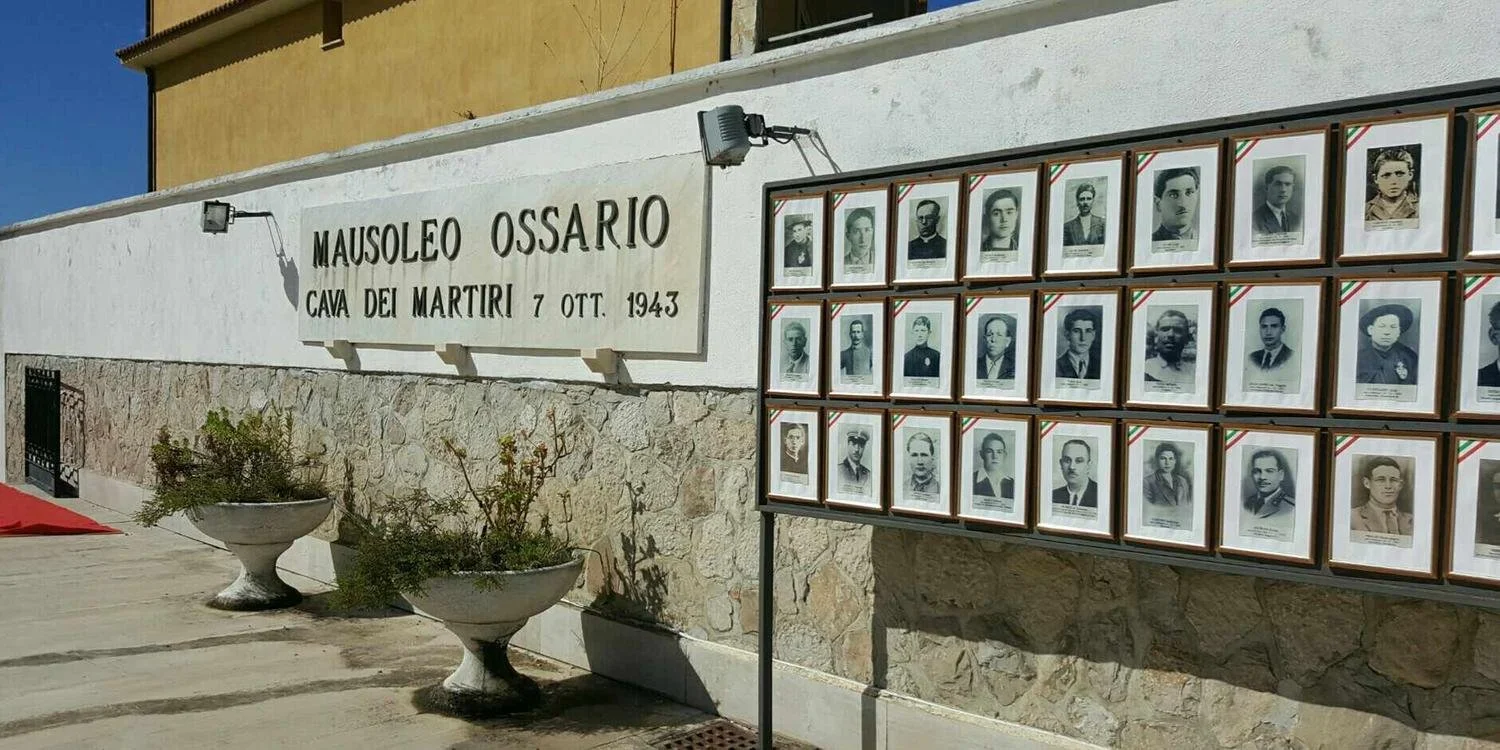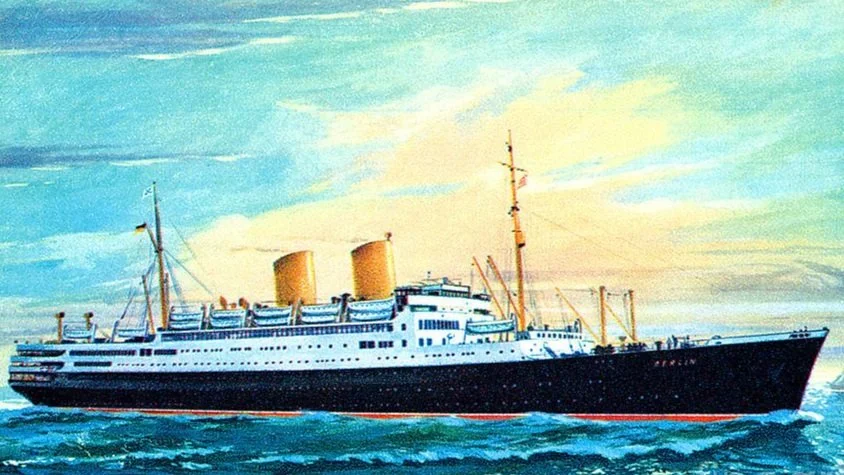Bellona
The history of the city and the Glorioso Family
After our whirlwind trip through Rionero Sannitico and the Abbey of San Vincenzo, we moved on to spend the second half of our day in Bellona, Campania, just an hour and 15 minutes south. This was the third city on our tour through my ancestral homelands. Bellona is a town of about 6,000 people just 45 min north of Naples and is part of the Terra di Lavoro region of Campania.
This was the home of my paternal great-grandfather, Luigi, and the Glorioso family.
History of the Town
The earliest origins of the city are unknown but there is a wall there that dates from 900-700 BCE so settlements would likely have arrived some time before that. The earliest recorded evidence of people in the area shows that they were Samnite tribes who had early assimilation with the Romans by 300 BCE. They began working with the Romans after the region became an important strategic point during the Second Punic War (218-201 BCE) when Hannibal and his troops attempted to take the area over. The Romans were quick to defend it, and the town was named for Bellona, the Roman goddess of war (who may have been a form of an earlier Sabine/Italic war goddess). Although they are not standing today, it is believed that there are two temples to the goddess Bellona in the city, as well as nearby ones to her husband, Mars.
Heading in to Bellona
Over time, Bellona grew and developed into a major crossroads in the area for people traveling to Rome and Naples. Life continued peacefully for many years, with the people focusing on agriculture and trade. Then, in the 9th c CE, Bellona and the surrounding area was attacked in the same set of conflicts that Rionero Sannitico and the Abbey San Vincenzo were affected by. Bellona found itself in the middle of the clashes over boundaries, power, and religion between the church, the Duke of Naples, and the Arab armies who they employed. In 856 the town was destroyed by fire and the citizens relocated for a time to nearby Capua.
For the coming centuries the town would go through times of peace and times of conflict. The people worked the land and lived as farmers known for growing apricots, apples, peaches, nuts, citrus, grapes, vegetables, flowers and industrial crops like tobacco and hemp. They tried to maintain their lifestyle and traditions despite the upheaval in the area. Following the fall of Rome they would be ruled by, the Goths, Byzantines, Lombards, Normans, Kingdom of Sicily, and the Kingdom of Naples, until in 1860, following the Battle of the Volturno, the Southern Army of resistance fell and they were reluctantly unified with Italy in 1860.
Following the Unification of Italy, Bellona and the rest of the south struggled through the “Risorgimento”, a time meant to intertwine and unite the politics and histories of the fragmented Italian provinces. This was an attempt to create a unified Italian identity and wipe away many of the nuanced conflicts and struggles of individual regions. Southern Italy and Sicily were reluctant to merge into the new nationalistic identity, and northern politicians seeking to benefit from the farmlands began to ponder over “Questione Merdionale” (the Southern Question) – how to assimilate and control their countrified, “backwards” neighbors. The southern provinces struggled as a they were taxed highly for their work and had few opportunities to better their position.
Bellona Massacre - 7 October 1943
In 1943 Bellona was caught up in the conflicts of World War II. Much of the southern parts of Italy were opposed to Mussolini’s alignment with Nazi Germany and resisted invasion and conscription into the military. One evening in October 1943, two German soldiers entered the house of a well-known craftsman asking for hospitality. They became drunk and one of the men who lived there tried to convince the soldiers to leave – they responded by shooting him in the neck. Violence broke out and one of the soldiers was killed while the other injured but escaped back to his commander. In retaliation, the SS officer ordered a massacre of 150 citizens, 100 for the soldier who died, and 50 for the one who was injured. On the evening of October 7th, Nazi soldiers began rounding up around 200 people young and old, men and women, people of all professions. They gathered them in a church and then walked them out in small groups to the edge of a quarry outside town and began firing. In the end, 54 citizens of Bellona were executed that day. Later, Italian President Oscar Luigi Scalfaro awarded the town the Golden Medal of Military Valour in honor of their contribution to the Resistance in World War II.
Memorial in Bellona - Photo Credit: Il Centro.it
Bellona Today
Today, Bellona is a small bustling city of about 6,000 people, with restaurants, supermarkets, and home goods stores. The area is known for agriculture including olive oil and wine production. While there we stopped at a lovely little art supply store and visited the piazza with a statue of the saint Padre Pio. It was such a nice surprise because he is a favorite saint of my grandparents and none of us had any idea the statue would be there!
Padre Pio statue in Bellona, Campania
The town is known for being the Italian home to “American Pizza” after two immigrants to the United States moved back to the area and opened a pizzeria. The pizza style became a success and now there are many in the region who make pizza Americana, regardless of the fact that most Americans have never eaten pizza like this! Pizzas are typically topped with things like corn, mozzarella sticks, fries and other interesting combinations – all rolled out on a bigger crust and cut into slices (that part actually seems pretty American).
Mobility
The town is easily accessible with sidewalks in most places. I primarily used my crutches here, rather than my wheelchair so there could be areas that are tough to navigate due to uneven pavement, but overall the streets and sidewalks were wider and more easily accessed than other towns we visited.
Family History
This is the home of my namesake, the Glorioso family. Papa always said our name meant, “the last of the glorious men” and this indicated our ancestors were excellent soldiers. I’ve never found any evidence of this in my research of either genealogy or the history of the regions, but I enjoy the family lore and pride.
My great-grandfather, Luigi Glorioso was born in 1896 to Maria Laudato and Antimo Glorioso, a laborer in Bellona. He was one of six boys and three girls in the family, and I’ve heard he was fairly short despite his brothers being quite tall.
Postcard of the SS Berlin
As a teenager, Luigi made a plan and moved across the ocean to follow his mother’s brother and sister-in-law who had already moved to America. Luigi departed from Naples and arrived in New York on the S.S. Berlin at the age of 17 on April 30, 1913. From there he took a train to Cleveland to meet his Uncle Dominic and settle at their home at 10606 Frank St. Luigi worked in Cleveland digging sewers and was here for nine years before he met and married Antoinette Capretta, the daughter of a fellow sewer-worker in the neighborhood in 1922.
Antoinette Capretta and Luigi Glorioso, wedding day 1922








